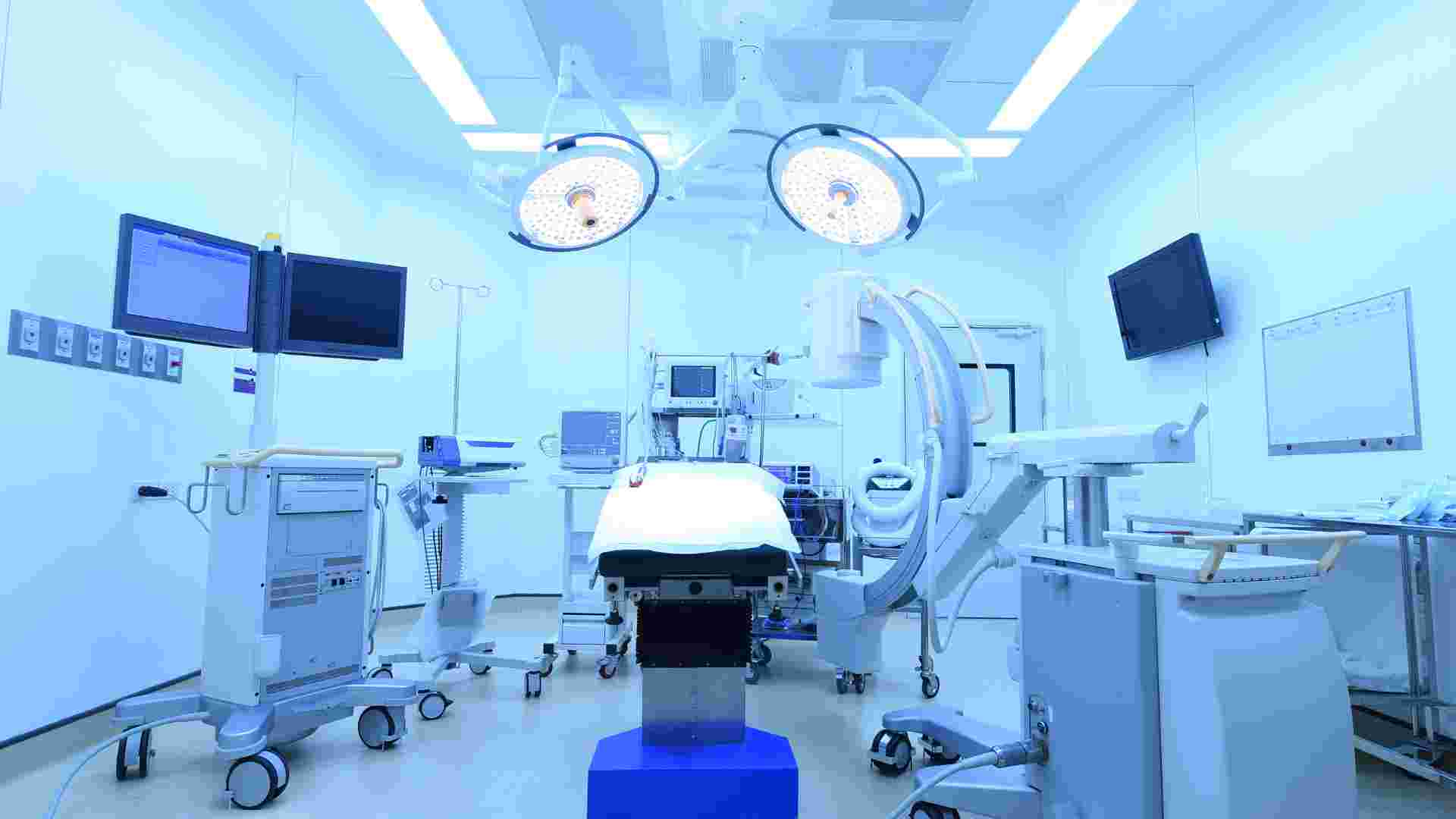![]()
Navigating CDSCO Registration: Documents, Compliance for New Medical Devices in India
The Central Drugs Standard Control Organisation (CDSCO) in India plays a pivotal role in regulating the import, manufacture, distribution, and sale of medical devices. If you are a manufacturer seeking to introduce a new medical device to the Indian market, understanding and successfully navigating the CDSCO registration process is crucial. This blog provides an overview of the key steps involved in CDSCO Registration for New Medical Devices: Process & Requirements.
1. Classification of Medical Devices:
Before initiating the registration process, it is essential to analyse the classification of your medical device. The CDSCO classifies medical devices into four categories (Class A, B, C & D) based on their intended use and the risks associated with them. Each class has different regulatory requirements, and accurate classification is the first step towards a successful registration.
2. Preparation of Technical Documentation:
The CDSCO requires detailed technical documentation to evaluate the efficacy, safety and quality of the medical device. The documentation should include information on the device’s design, manufacturing process, materials used, and relevant testing data. This step is critical, as the CDSCO relies heavily on the provided technical documentation to evaluate the compliance of the device with Indian regulatory standards.
3. Appointment of an Authorised Agent:
Foreign manufacturers are mandated to appoint an Authorised Agent (AA) in India to represent them during the registration process. The AA serves as a liaison between the manufacturer and the CDSCO, facilitating communication and ensuring compliance with regulatory requirements. It is advisable to choose an AA with expertise in the medical device regulatory landscape in India.
4. Submission of Application:
The next step involves submitting the application for registration to the CDSCO. The application should include all the necessary documents, such as the product dossier, manufacturing details, and a power of attorney authorising the AA. The CDSCO reviews the application and may ask for additional information if needed.
5. Evaluation by the CDSCO:
Upon receiving the application, the CDSCO initiates the evaluation process. This involves a thorough review of the technical documentation to verify compliance with Indian regulations. The CDSCO may also conduct on-site inspections of the manufacturing facilities to ensure adherence to quality standards. The evaluation process aims to establish the safety and efficacy of the medical device.
6. Review Committee Approval:
After the evaluation, the CDSCO forwards the application to the relevant Review Committee for further scrutiny. The committee assesses the data provided and makes a recommendation regarding the approval or rejection of the registration. The decision is based on the device’s compliance with regulatory standards and its potential impact on public health.
7. Approval and Registration Certificate:
If the Review Committee approves the registration, the CDSCO issues a registration certificate to the manufacturer. This certificate authorises the manufacturer to import, manufacture, or sell the medical device in India. The approval process duration can vary, and manufacturers should be prepared for a timeline that includes the evaluation and committee review stages.
8. Post-Market Surveillance:
Even after obtaining the registration certificate, manufacturers are required to comply with post-market surveillance requirements. This involves monitoring the performance of the medical device in the market and promptly reporting any adverse events or product-related issues to the CDSCO. Timely and accurate reporting is crucial to ensure ongoing compliance with Indian regulations.
9. Renewal of Registration:
Registrations are typically valid for a specified period, after which they need to be renewed. Manufacturers must keep track of the expiry date and start the renewal process well in advance to avoid disruptions in the marketing of their medical devices in India.
10. Process and document requirements for the import of new medical devices into India
The CDSCO registration process for new medical devices in India involves the submission of key documents and compliance with specific requirements to ensure the safety and efficacy of the devices:
Below are the key documents and compliance requirements:
Product Dossier:
- Description of the Device: Detailed information about the medical device, including its intended use, design, and specifications.
- Technical Specifications: Comprehensive details about the device’s technical aspects, such as materials used, manufacturing process, and components.
- Risk Analysis: Assessment of potential risks associated with the device and strategies for risk mitigation.
Manufacturing Information:
- Quality Management System (QMS): Evidence of adherence to a quality management system, like ISO 13485 certification.
- Good Manufacturing Practices (GMP): Documentation demonstrating compliance with GMP standards for the manufacturing of medical devices.
Clinical Data:
- Clinical Evaluation Report (CER): For certain classes of devices, evidence of clinical data supports the safety and efficacy of the device.
- Clinical Trial Data: If applicable, results and reports from clinical trials conducted on the device.
Authorised Agent (AA) Documents:
- Appointment Letter: A formal letter appointing an Authorised Agent in India, including the scope of responsibilities.
- Power of Attorney: Granting the Authorized Agent the authority to act on behalf of the foreign manufacturer during the registration process.
Regulatory Compliance:
- Declaration of Conformity: A declaration confirming that the medical device complies with Indian regulatory standards.
- Testing Reports: Results of tests conducted to demonstrate compliance with relevant Indian standards.
Labelling and Packaging:
- Labelling Requirements: Compliance with Indian labelling regulations, including information on the packaging, instructions for use, and any required warnings or precautions.
- Sample Labels: Actual samples of the device’s labels and packaging.
Stability Data:
- Stability Studies: Data demonstrating the stability of the medical device under specified storage conditions over a defined period.
Fee Payment:
- Registration Fees: Payment of applicable fees for the submission and processing of the registration application.
Post-Market Surveillance Plan:
- Post-Market Surveillance (PMS) Plan: A detailed plan outlining how the manufacturer will monitor and report adverse events or product-related issues after the device is in the market.
Other Documents:
- Declaration of Undertaking: A statement confirming the accuracy and completeness of the information provided in the application.
- Summary of Product Characteristics: Brief summary highlighting key characteristics of the medical device.
Conclusion: CDSCO Registration for New Medical Devices: Process & Requirements
Compliance with these key documents and requirements is crucial for a successful CDSCO registration process. Manufacturers should ensure that all documentation is accurate, complete, and aligned with Indian regulatory standards to facilitate a smooth evaluation and approval process. Additionally, maintaining ongoing compliance with post-market surveillance requirements is essential for the continued marketing of medical devices in India.
Navigating the CDSCO registration process for new medical devices in India involves a comprehensive understanding of regulatory requirements and a meticulous approach to documentation. Manufacturers should collaborate closely with their Authorised Agents and be prepared for a thorough evaluation by the CDSCO. By adhering to the outlined steps and ensuring ongoing compliance with post-market surveillance requirements, manufacturers can successfully introduce their medical devices to the Indian market and contribute to the advancement of healthcare in the country.





